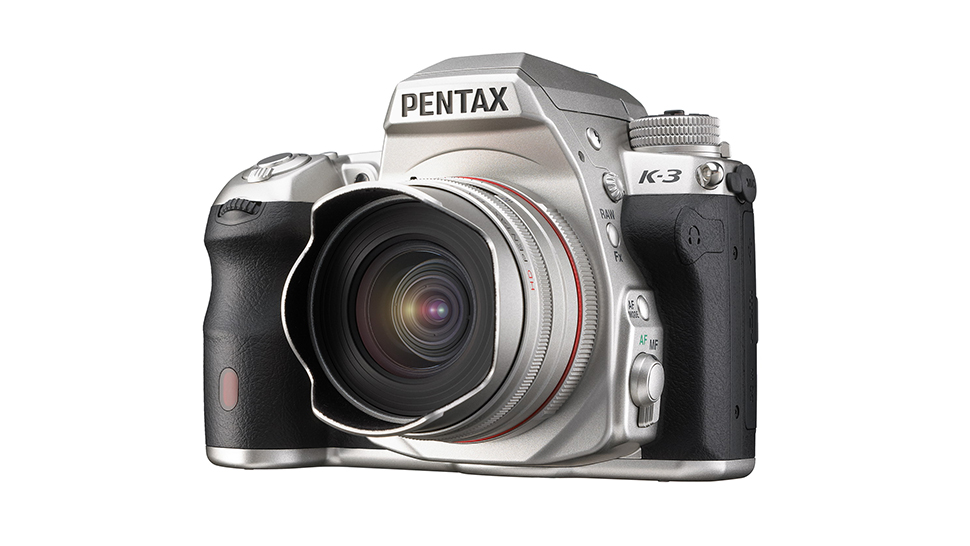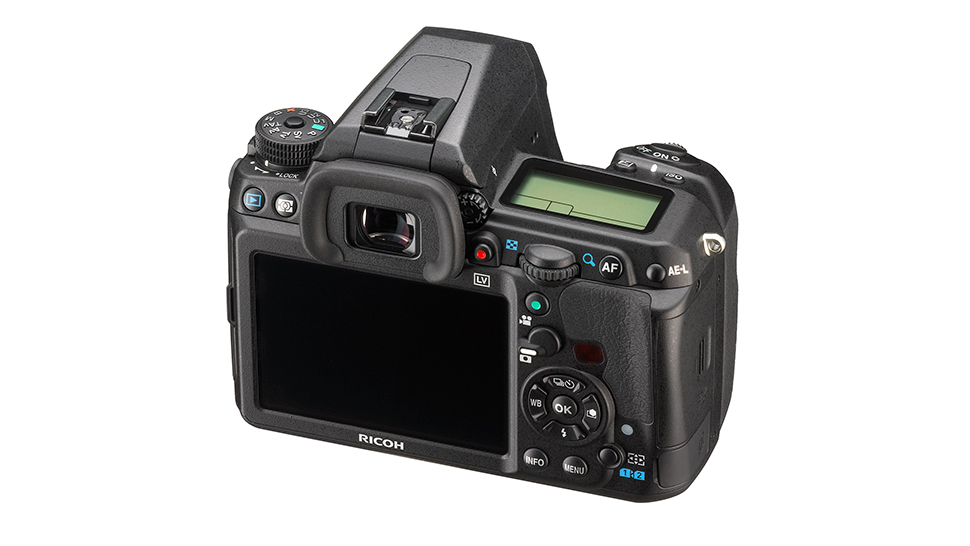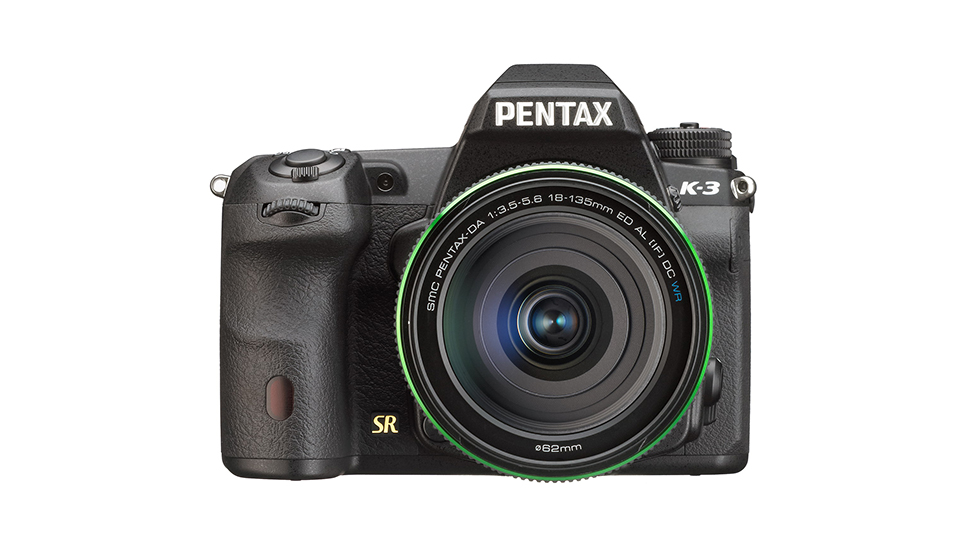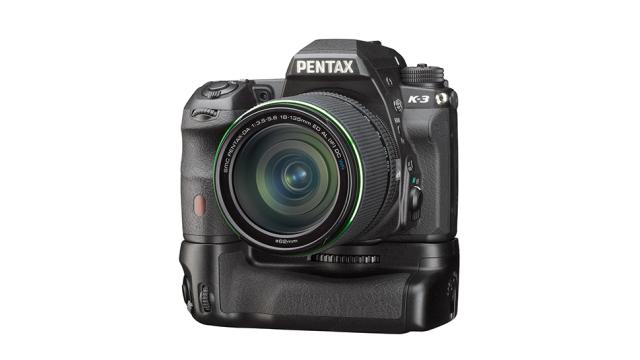As the sub-$1000, beginner DSLR camera’s utility has been gradually been replaced by the rise of mirrorless cameras, the just-over $US1000 DSLR market remains an area where camera companies are hoping to reign in more advanced and even professional users. With that in mind, let’s take a look at Pentax’s new K-3, a completely overhauled mid-range shooter from the storied brand.
Though the K-3 is unlikely to be as popular as comparably priced cameras like Nikon’s D7100 or the Canon 70D, it’s got loads of features that some shooters might be interested in. The camera drops into the line ahead of last year’s K-5-II as the company’s latest top APS-C sensor camera.
In short, the K-3 has been completely redesigned inside and out. The aesthetic changes, especially on the hot, hot, hot Premium Silver Edition, are apparent. (And, yes, the silver is limited edition and more expensive.) Even the basic black model has noticeably improved ergonomics. But far more important than the camera’s build and body is what’s going on inside.

The K-3’s billboard feature is the on-demand optical low-pass filter. Camera companies like Nikon and Sony have opted to remove the optical low-pass filters from their more advanced products saying that their imaging technology has improved to the point where it’s no-longer necessary. Low-pass filters are used to help prevent sampling distortions like aliasing and moire — BUT, they’re used at the expense of some very fine detail. This is the kind of stuff that pros are going to notice when they start zooming in on full-size images and pixel-peeping with extreme prejudice.
Indeed, while removing the low-pass filter is something a lot of studio photogs might get really excited about, it’s not for everyone. Rather than remove the LPF altogether on the K-3, Pentax has opted for an on-demand technology. Without going too much into the details — head over to the Imaging Resource for those — suffice it to say that this is the first camera to make the system optional, and that sometimes a little blur isn’t necessarily a bad thing, especially if it’s helping you avoid distortions when you’ve got less control over your shooting conditions.
More on the guts: Pentax has increased the resolution of its APS sensor to 24-megapixels. Pentax DSLRs have traditionally had solid image quality, and we’d expect this camera to build on that tradition. The camera also features a new, more-sensitive metering system for better precision measuring how much light is hitting the image sensor, and importantly, the K-3 features a new 27-point autofocus sensor. In the past, Pentax’s autofocus has been a sluggish hunter of a system, and the company is promising much improved performance this time around. A new image processing engine lets the camera shoot at up-to 8.3 frames-per-second — which clocks just below the fastest APS-sensor DSLRs out there.
Bottom line: This camera is faster and more powerful than anything Pentax has ever built in this price range before.

And in a really crucial improvement, Pentax has finally (FINALLY) overhauled its movie mode with improved H.264 video compression, and video recording at up to 1920 x 1080 HD at 60(i) frames per-second. We’re excited to see how the new video system performs because this his been another historically weak facet of Pentax’s cameras.
Far from a spec bump, the Pentax K-3 is a powerful camera that goes head-to-head with its Canon and Nikon DSLR competitors on many fronts and introduces some actually revolutionary new technology nobody else has tried before. The on-demand anti-aliasing filter is a curious, and potentially very attractive addition for a lot of photographers.

Here’s what the camera isn’t: The full-frame sensor camera that its legendary medium format cameras. The line-up is begging for a camera to compete with blockbusters like the Canon 5D and the Nikon D800. Sure, the K-3 adds some high-end pro-features like an optional battery pack grip, and dual-SD card slots for extra capacity or back-up — not to mention some long-overdue improvements to features like autofocus and video. Still, all of these bumps only underscore Pentax’s auspicious lack of a full-frame camera. Maybe next year?
The Pentax K-3 will kit stores next month for $US1,299.95 for body only and $US1,699.95 for the kit including the DA 18-135mm F3.5-5.6 WR zoom lens.
